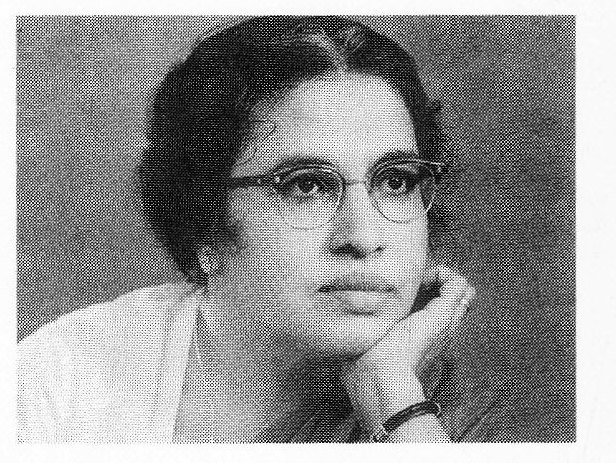Adarsh Kumar
Justice Anna Chandy (1905-96) was the first female Judge in India and second in the British Empire after Emily Murphy. She got her law degree after getting a post-graduate degree in 1926. She started practicing as a Barrister in 1929 and continued simultaneously working for women’s rights. She later became the Judge in Kerala High Court in 1959 and retired in 1967. She also served on the Law Commission of India after retirement. Apart from her legal profession, she had been working for women’s rights and founded the magazine “Shrimati”. She also wrote her autobiography “Atma Katha” in 1973. She died in 1996 at the age of 91.
Background and Professional Life
Justice A. Chandy was born in 1905 in Trivandrum, Kerala, and was a Syrian Christian. Matriarchy was followed by many communities in Kerala and she grew up under the reign of Maharani Sethu Lakshmi Bayi, this assisted her to pursue her profession. She was the first woman in Kerala to get a law degree. She completed her post-graduation from Government Law College, Trivandrum in 1926.
She started practicing in 1929 and made criminal law her specialization and later earned widespread acclaim for fighting criminal cases. Anna became the first female judge when she was appointed as a munsiff in Travancore by C.P. Ramaswami Iyer in 1937. She was said to be in sight of her peers who were waiting for a mistake to raise the inability of women to make unbiased judgments. Related to the spotlight and hype she gained, she said,
“I must admit that I was not free from trepidation when I first stepped up to the Bench. However, what was foremost in my mind was a fierce determination to make a success of this experiment. I knew I was a test case, If I faltered or failed, I would not just be damaging my career, but would be doing a great disservice to the cause of women.”
She was later promoted to be a District Judge in 1948. After that, she was appointed as a judge in the High Court of Kerala on 9th February 1959. She became the first woman to reach such a position and also the first woman amongst the commonwealth nations to become a High Court Judge. She held the position until 5th April 1967. After retirement, she worked in The Law Commission of India.
A Pertinent Equal Right Advocate
Growing in a time when women were not expected anywhere but in the kitchen, Justice Anna Chandy excelled in her education and profession to compete against the adversities created by male counterparts at different stages of her life. She worked towards the upliftment of women. She founded and published a magazine to promote women’s rights in Malayali magazine “Shrimati”. In this magazine, she questioned the norms mired in misogyny prevailing in the society affecting every woman and their freedom and also raised the issue of wage discrimination between males and females. She also opposed the exemption of women from being given the death penalty. She once strongly replied to a legislator over his stance against giving government Jobs to women, she said,
“From the elaborate petition, it is clear that the plaintiff’s immediate demand is to ban all efforts by women to gain employment because they are a bunch of creatures created for the domestic pleasures of men and that their lives outside the hallowed kitchen-temples will harm familial happiness.”
She also contested election for the representative body of the Travancore State (Shree Mulam Popular Assembly) in 1930 but lost due to campaigns maligning her and reduced her credibility. But she again contested the election in 1931 and won the seat in the assembly for a tenure of 2 years from 1932-34.
Conclusion
The lack of women’s representation in important positions persists today as well but somehow, the participation of women has increased since the 20th Century. Justice Anna Chandy was born at that moment when the society was quite primitive and was carrying a misogynistic attitude. Her rise in Judiciary not only paved the path for other women in Judiciary but also shook the misconception regarding the ability of women. Her staunch stance over gender equality was seen while she rebutted the legislator over govt. job for women. Her contribution proved to be a stepping stone for the involvement of women in the judiciary.
Disclaimer: The views and opinions expressed in the articles on this website are those of the authors and do not necessarily reflect or represent the views and opinions held by the website owner.


